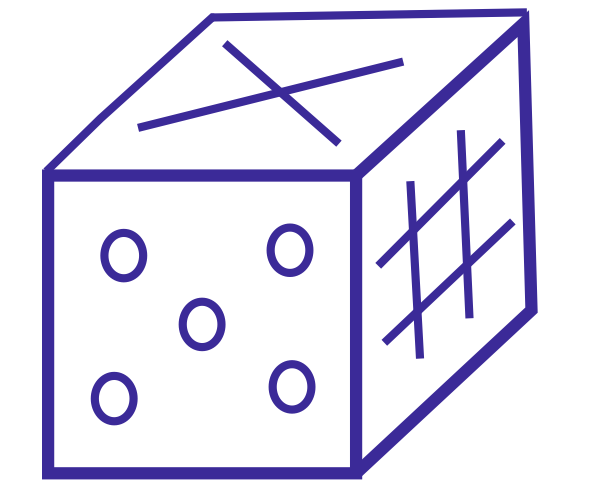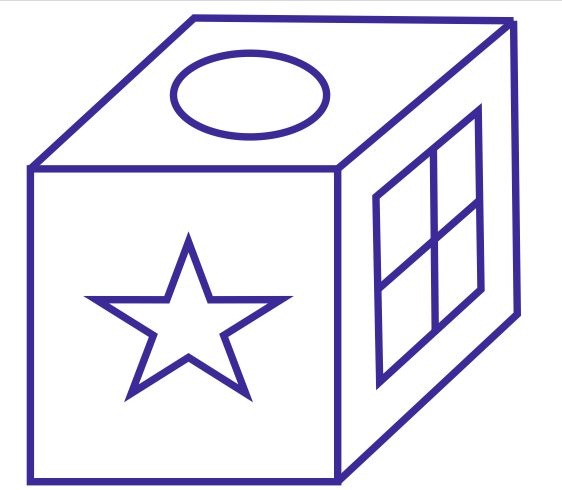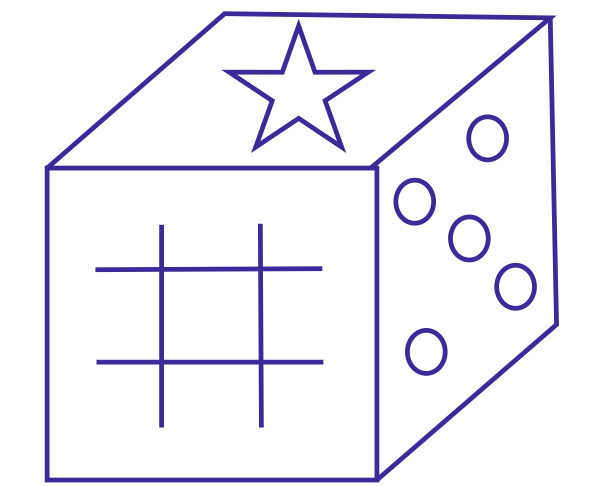Cubes and Dice Practice Question and Answer
8 Q: Which of the following cube in the answer figure cannot be made based on the unfolded cube in the question figure?
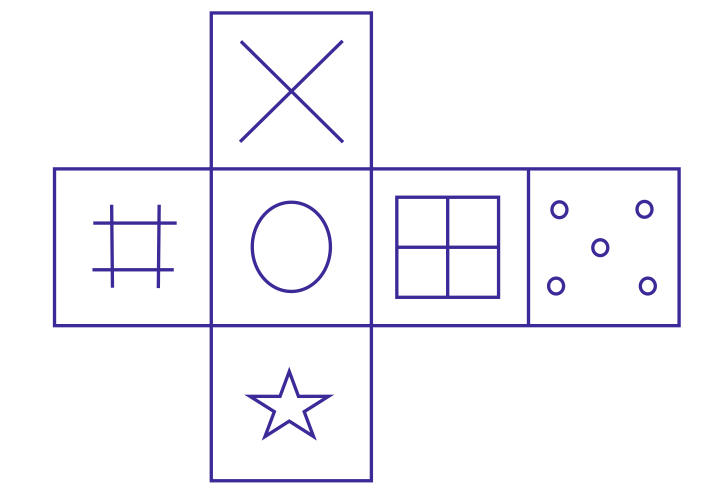
3380 05dca3ca1f7c0852c44755007
5dca3ca1f7c0852c44755007
- 1false
- 2false
- 3true
- 4false
- Show AnswerHide Answer
- Workspace
- SingleChoice
Answer : 3. "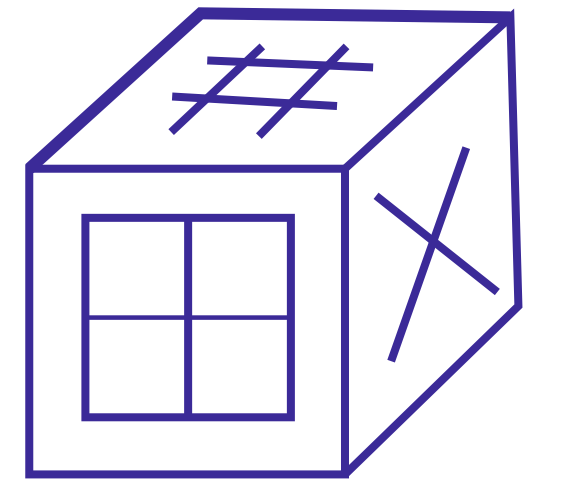
"

Q: Which number is on the face opposite to 6?

5722 05ef42345bea49d16b47d478f
5ef42345bea49d16b47d478f
- 14false
- 23false
- 32false
- 41true
- Show AnswerHide Answer
- Workspace
- SingleChoice
Answer : 4. "1"
Q: Two dice are rolled simultaneously. Find the probability of getting a total of 9. 2971 05b5cc7d1e4d2b41977751268
5b5cc7d1e4d2b41977751268- 11/3false
- 21/9true
- 38/9false
- 49/10false
- Show AnswerHide Answer
- Workspace
- SingleChoice
Answer : 2. "1/9"
Explanation :
Answer: B) 1/9 Explanation: S = { (1, 1), (1, 2), (1, 3), (1, 4),(1, 5), (1, 6), (2, 1), (2, 2),.........(6, 5), (6, 6) } => n(S) = 6 x 6 = 36 E = {(6, 3), (5, 4), (4, 5), (3, 6) } => n(E) = 4 Therefore, P(E) = 4/36 = 1/9
Q: Four dice positions are shown below. What number will be on the bottom panel if 1 is at the top?

1501 05dd38f6cbfcbc45cddee0056
5dd38f6cbfcbc45cddee0056
- 16false
- 23false
- 32true
- 45false
- Show AnswerHide Answer
- Workspace
- SingleChoice
Answer : 3. "2"
Q: When two dice are thrown simultaneously, what is the probability that the sum of the two numbers that turn up is less than 12? 2441 05b5cc5ffe4d2b4197774b427
5b5cc5ffe4d2b4197774b427- 135/36true
- 217/36false
- 315/36false
- 41/36false
- Show AnswerHide Answer
- Workspace
- SingleChoice
Answer : 1. "35/36"
Explanation :
Answer: A) 35/36 Explanation: When two dice are thrown simultaneously, the probability is n(S) = 6x6 = 36 Required, the sum of the two numbers that turn up is less than 12 That can be done as n(E) = { (1,1), (1,2), (1,3), (1,4), (1,5), (1,6)(2,1), (2,2), (2,3), (2,4), (2,5), (2,6)(3,1), (3,2), (3,3), (3,4), (3,5), (3,6)(4,1), (4,2), (4,3), (4,4), (4,5), (4,6)(5,1), (5,2), (5,3), (5,4), (5,5), (5,6)(6,1), (6,2), (6,3), (6,4), (6,5) } = 35 Hence, required probability = n(E)/n(S) = 35/36.
Q: Four forms of a dice are shown below. In this dice which word will be on the surface opposite to the world D?

3652 05d7f68ba5d5653223cdca5f9
5d7f68ba5d5653223cdca5f9
- 1Dfalse
- 2Atrue
- 3Bfalse
- 4Cfalse
- Show AnswerHide Answer
- Workspace
- SingleChoice
Answer : 2. "A"
Explanation :
undefined
Q: Three position of a cube are shown below. What will come opposite to face containing ‘5’?
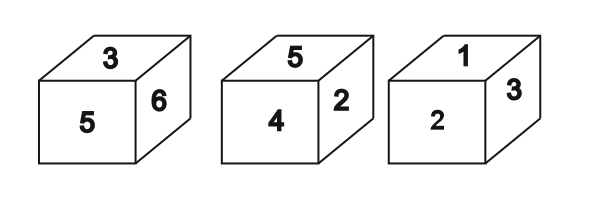
3800 05d8daaee1afb4111d6e49efa
5d8daaee1afb4111d6e49efa
- 11true
- 23false
- 34false
- 46false
- Show AnswerHide Answer
- Workspace
- SingleChoice
Answer : 1. "1"
Q: A coloured cube is cut into smaller cubes if there are 8 colourless cubes, then how many smaller cubes are there?
3026 05e6341d8f1640a77574dc254
5e6341d8f1640a77574dc254- 164true
- 212false
- 324false
- 440false
- Show AnswerHide Answer
- Workspace
- SingleChoice


